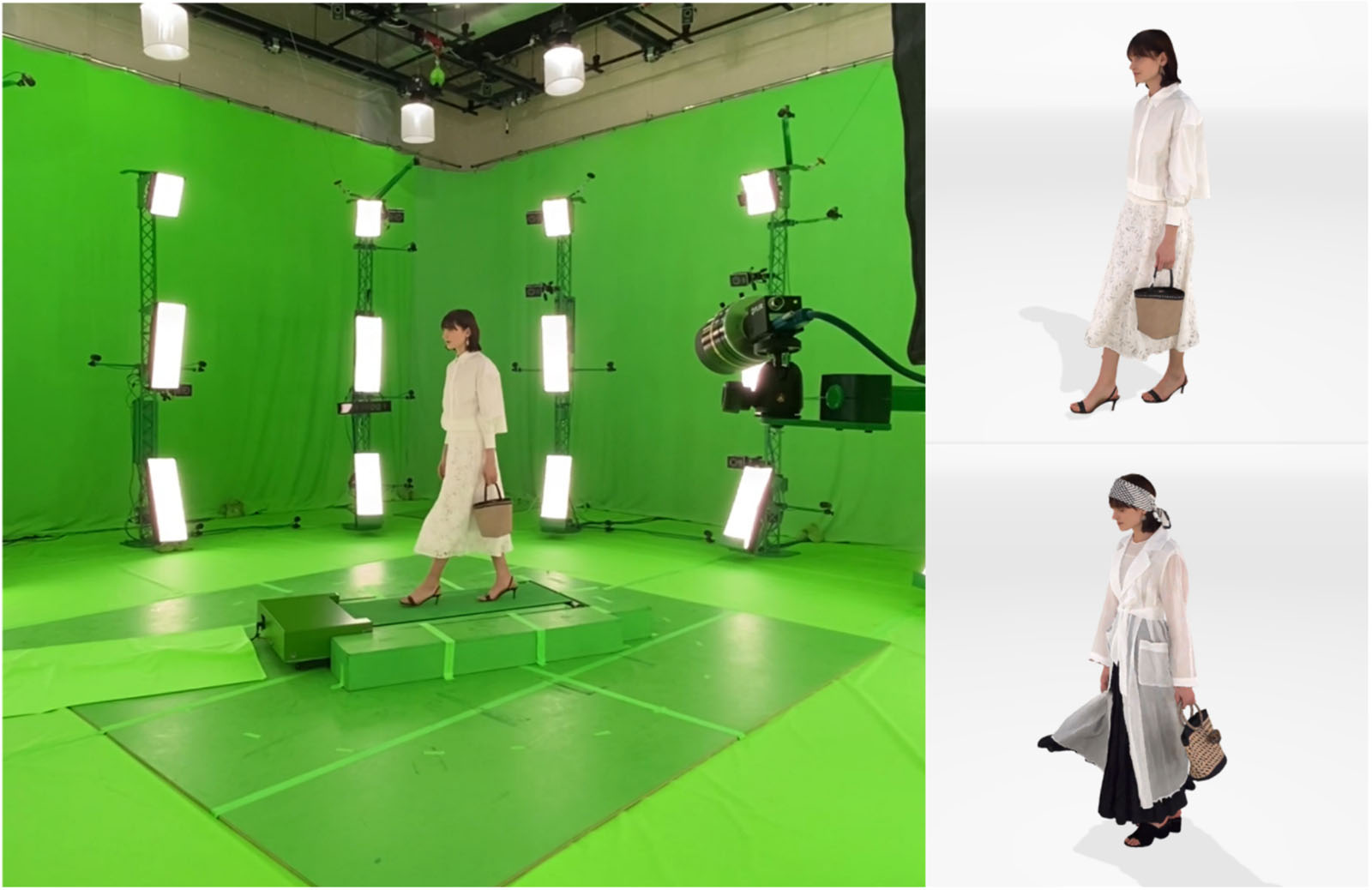Volumetric video is a type of video that captures and displays three-dimensional space and motion, allowing viewers to see and interact with a scene from any angle. This technology has the potential to revolutionize the way we experience and consume media, creating immersive and lifelike virtual experiences that feel more like being there in person.
To create a volumetric video, a specialized capture setup is used to record multiple views of a scene from different angles. These views are then combined using computer vision algorithms to create a 3D model of the scene, which can be rendered and displayed in real-time. The result is a video that allows viewers to change their perspective and look around within the scene as if they were physically present.
One of the primary applications of volumetric video is in virtual and augmented reality (VR and AR). By providing a more realistic and immersive experience, volumetric video has the potential to make VR and AR more widely adopted and useful for a variety of applications, including entertainment, education, and training. For example, a volumetric video of a live concert could allow viewers to experience the performance from any vantage point, as if they were really there in the audience. Or a volumetric video of a surgical procedure could be used to train medical students without the need for cadavers or simulated scenarios.
Another potential use for volumetric video is in the creation of digital avatars. By capturing a person’s motion and appearance in three dimensions, volumetric video can be used to create a digital replica of a person that can be used in a variety of contexts. This could be useful for teleconferencing, online gaming, or even as a way to preserve a person’s legacy long after they are gone.
However, there are also challenges to creating and distributing volumetric video. One issue is the size of the files, which can be quite large due to the large amount of data required to represent a 3D scene. This can make it difficult to transmit and store volumetric video, especially at high resolutions and frame rates. Another challenge is the computational power required to process and render the video in real-time, which can be demanding for devices with limited processing capabilities.
Despite these challenges, the potential for volumetric video capture is enormous, and we are already starting to see it being used in a variety of applications. For example, the NBA has used volumetric video to create virtual reality experiences for fans, allowing them to feel as if they are courtside at a game. The music industry is also starting to explore the use of volumetric video, with some artists creating virtual reality concerts that allow fans to experience the performance from any angle.
As the technology continues to evolve and improve, it is likely that we will see more and more applications for volumetric video in the coming years. Whether it is used for entertainment, education, or some other purpose, the ability to capture and display three-dimensional space and motion has the potential to change the way we experience the world and interact with each other.
Another potential use for volumetric video is in the creation of digital avatars. By capturing a person’s motion and appearance in three dimensions, volumetric video can be used to create a digital replica of a person that can be used in a variety of contexts. This could be useful for teleconferencing, online gaming, or even as a way to preserve a person’s legacy long after they are gone. This can make it difficult to transmit and store volumetric video, especially at high resolutions and frame rates. Another challenge is the computational power required to process and render the video in real-time, which can be demanding for devices with limited processing capabilities.
